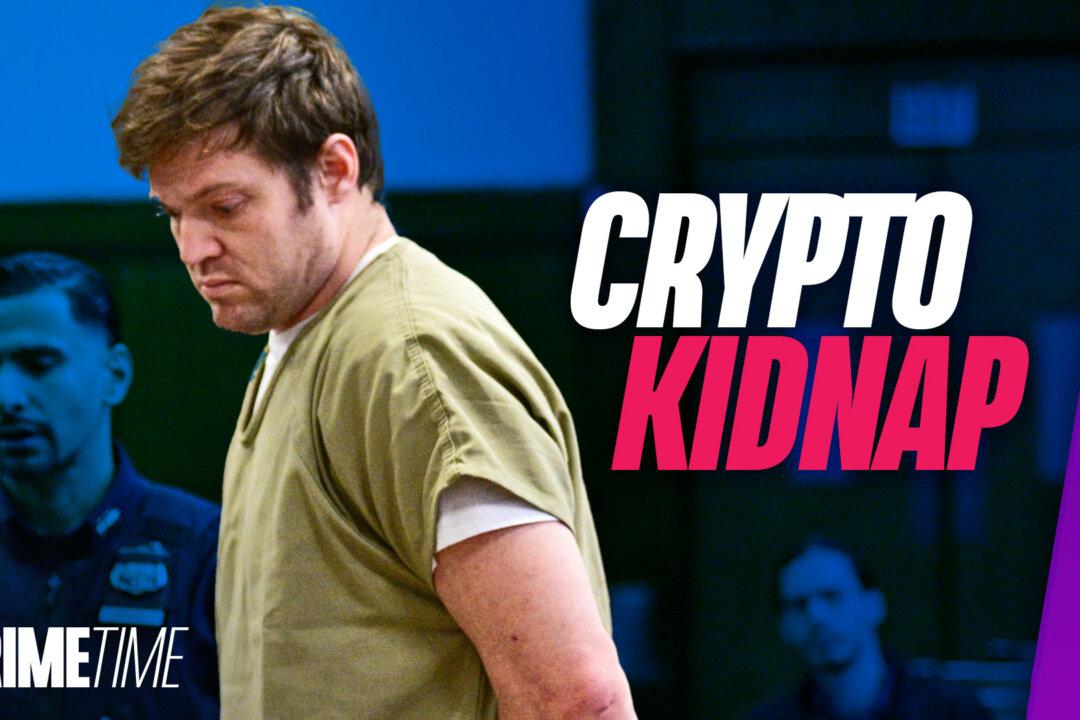NEW YORK—The media industry still isn’t sure what to do about selling content, but it does agree that it is king.
That was the major take-home message during the paidContent LIVE conference in New York City Tuesday.
The conference, which was put on by GigaOM, was attended by a wide range of professionals from the media industry, including advertising sites, bloggers, journalists, tech companies, social media companies, and user-generated, and user-driven websites like Reddit and Buzzfeed.
Some pointed the finger at what they called “legacy media.”
“There’s a great risk of traditional media holding up their own historical standards of what consumers want,” said Raju Narisetti, SVP and deputy head of Strategy for News Corp. Narisetti made his comments during a panel discussion about the state of digital advertising, and warned that a failure to adapt will lead advertisers to leave.
Making money from content is still baffling some media industry leaders, although others say they are more concerned about engaging and growing their audiences with users than making money. The pattern for many startups by the 20-something crowd—think Facebook and Tumblr—is to enhance user experience first, and figure out monetization later.
David Karp, 26, the founder and CEO of Tumblr, is one of these young startups. When asked during an onstage discussion whether Tumblr is profitable yet, he was quick to reply.
“No, but that’s not a particularly important metric to us,” replied Karp, who expressed confidence that making a profit is just an inevitable part of the future of his business.
He has good reason to be confident. According to Karp, Tumblr currently gets 90 million posts a day and has 45 billion total posts.
For others, it’s not about the money at all, nor will it ever be.
“The whole point [of blogging] is freedom of expression, not monetization of content,” said Andrew Sullivan, editor of a blog called The Dish. The site puts up about 50 posts a day.
The liveliest debate during the conference was on the topic of native advertising. The discussion on the future of native ads, “blurring ads and content,” included Lewis D’Vorkin, chief product officer of Forbes Media. Native ads are similar to an advertorial in that they attempt to attract readers by providing valuable content.
Forbes has been one of the front-runners in labeling their native ads as “brand voices.” D’Vorkin says one big benefit of this type of advertising is its “long tail,” compared to display ads that are pretty much gone as soon as the campaign is over.
With native ads, they live on the site forever. “That’s a very scalable model actually,” he said.
According to Jon Steinberg, president and COO of BuzzFeed, banner ads have stopped working and “people have stopped looking at the side bar.”
The click-through rate for native ads for BuzzFeed is 20 to 30 times higher than for a banner at the same price.
So at least for now, native ads are what work. No telling what will work tomorrow.




